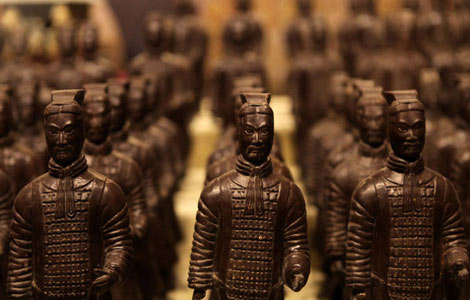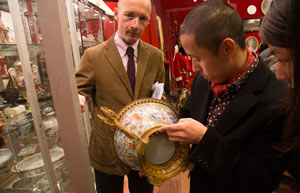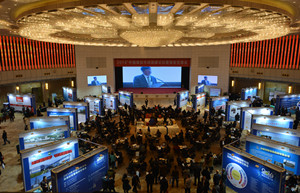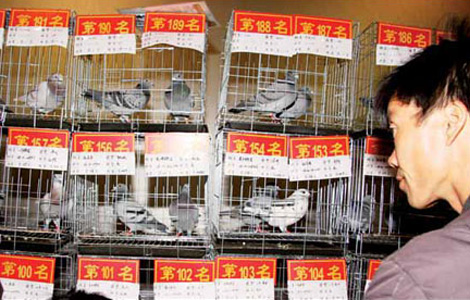Chinese art market has reason to cheer
By Yang Yufeng ( China Daily Europe ) Updated: 2013-12-20 10:00:41Buyers have evolved from being passive observers to aggressive buyers in global art auctions
Chinese buyers have been the bright spots in art markets across Asia and Europe in recent times, especially with the big-ticket purchases of highly priced, ancient Chinese artworks.
There are several reasons behind the artwork acquisition frenzy in China. For starters, many believe that making art purchases is in line with China's emergence as a global economic power.
The moribund domestic art market has also prompted many Chinese buyers to scout for suitable acquisitions in overseas markets. That represents a stark change from a decade ago, when Chinese buyers, especially as mainland buyers were not active in global auctions, used to be mostly from Taiwan and Hong Kong.
Though there were no buyers, there was still great demand for old Chinese artwork. The $27.7 million (21 million euros) paid by London dealer Giuseppe Eskenazi in 2005 at a Christie's auction in London for a rare Yuan Dynasty (1271-1368) blue and white jar was the highest price paid for an Asian artwork at that time. The jar depicts a battle scene between two states taken from a form of popular opera known as zaju.
The bidding process for this artwork was unusual as it involved a Taiwanese customer. Although he was unable to win the bid, it was the first instance of a Chinese buyer competing in a global auction for high-end artwork.
Though Chinese dealers used to be keen participants at global auctions, they were never major buyers till then, as they did not have the required funds, art experts say.
Since most of the bids had to be made in dollars, and taking into account the then exchange rates, many Chinese buyers preferred to be spectators, rather than participants.
Eight years ago, there was this popular saying in the Chinese art world: The trading hub for Chinese antiques, including all sorts of ancient porcelain, is Europe, and for Chinese paintings it is the United States.
These are also the two categories that most of the current Chinese collectors are interested in. Most of these collections are porcelain and paintings that were moved out of the Forbidden City for historical reasons many years ago.
Due to the easy currency conversion and entry-exit processes in Hong Kong, many art transactions were gradually transferred from Europe and the US to Hong Kong, and this resulted in more Chinese people getting into the art business.
The art market on the Chinese mainland started showing signs of strong growth in 2003.
The sluggish market soon gave way to frenzied activity and record prices for artworks. With the capital markets also on a roll around the same time, "art investments" began to dominate the traditional Chinese collection market.
Though the real estate and stock markets declined subsequently, wealthy investors continued to prop up the art market with their steady appetite for art investments.
However, this also led to an investment bubble, as the presence of too many buyers pushed up artwork prices and sparked the craze for acquisition of rare masterpieces.
At present, most of the active Chinese art traders in the world are art brokers. Many of them are commissioned by collectors to find good treasures. As long as the price is appropriate, there is definitely someone to pay the bill eventually, and the intermediary has to bear the risk of getting fake goods.
There are many auction houses looking for fresh and reliable art collections worldwide, some by way of buyout, and these products are eventually shipped to domestic art auctions for higher prices.
Based on the current market analysis, the high-price arena for Chinese art has gradually transferred from Hong Kong to the mainland.
Although most of the transactions are still taking place in overseas auctions, the purchasing power is clearly in the hands of the Chinese buyers, because foreigners are not very good at determining the real price of Chinese art, and they do not understand the Chinese market either.
The economic recession in Europe and the US, the appreciation of the renminbi and simplified exit-entry formalities have all led to an increase in Chinese participation at international art auctions and given the domestic art market something to cheer about.
The author is the founder of Zhilanyaji, a Beijing-based art consultancy.
|
|
|
|
|
|
|
|
European Weekly
 China taken on as building partner
China taken on as building partner
Meetings with central and Eastern European heads underline China's global roal.






















